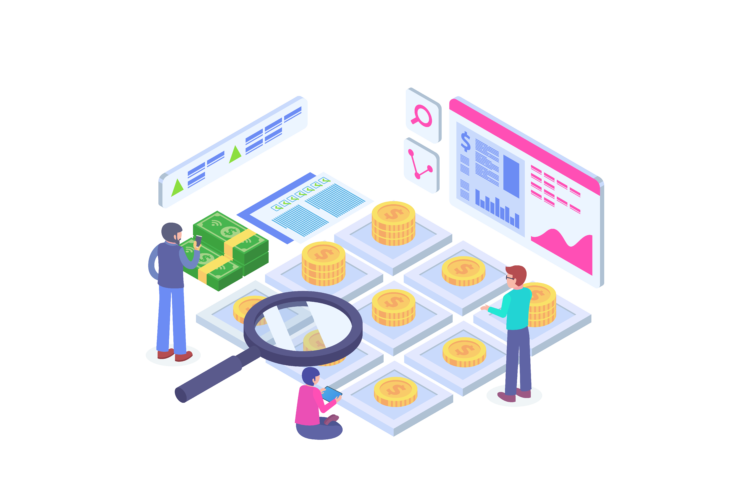Finance Everywhere
Inflation makes a woeful entry into consumers’ budgets this holiday season
- Though consumers are feeling the pinch of higher prices, they are trying to keep the holidays festive.
- A recent report by Morning Consult outlines the shift in consumer spending trends as we edge nearer the holiday season.








